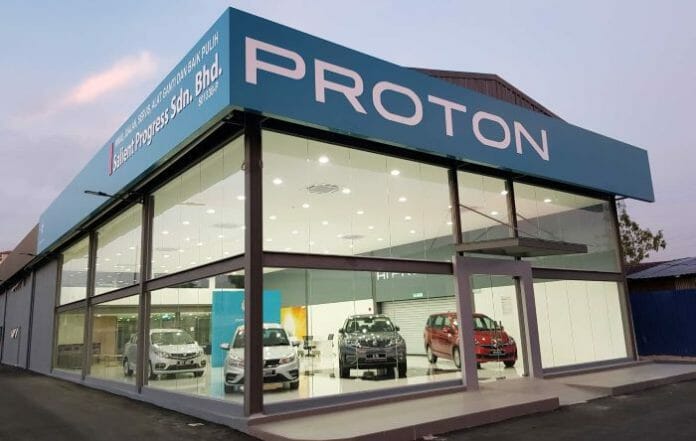September 2023 TIV contracted -6.4%mom to 68,156 units against a relatively high base in August which was driven by National Day promotional campaigns. The MAA also attributes the weakness in September to the wait-and-see attitude of consumers ahead of Budget 2024. The contraction was seen across the major players with local and Japanese brands TIV contracting by -12% to -26%mom. Additionally, the weakness was seen across both the passenger (-6.3%mom) and commercial vehicle segments.
MAA expects October TIV to sustain at September levels. Cumulatively, TIV as of September 2023 stood at 571,767 units (+10.6%yoy), making up 80%/79% of MIDF’s full-year forecast of 713K/725K units. The house believes there is scope for the 2023 TIV to outperform projections while near-term revenue visibility is solid given the existing order backlog. However, the most recent management updates suggest that backlog order growth has started to flatten out with initial signs of receding compared to March-June levels. This follows a pickup in production to address the long waiting list previously. While it believes TIV momentum is close to peaking (after record-breaking TIV in 2022 and potentially another new record this year), MIDF does not expect a drastic fall at this juncture as demand could remain supported by improvement in the unemployment rate and income conditions. However, the ripple effect of fuel subsidy rollback and higher service tax as stipulated under Budget 2024 could pose a potential risk.
The sustained strong USD is a risk to sector margins, particularly for UMW and Tan Chong, which are exposed to USDdenominated CBU and CKD kit imports. However, MIDF notes that the nonnational players have been raising selling prices (between +1.8% to +12% depending on marque and models) since early this year which could partly cushion the impact – given large order backlogs, the house reckons the impact of these price increases will be mostly reflected from 3QCY23. New incentives in the offing?
The MAA for the first time released statistics on EV sales. On a YTD basis, BEV sales registered at 5630 units – though up +113%yoy, this represents just a 0.98% TIV penetration. Hybrid sales stood at 19,030 units YTD (-4.8%yoy) representing 3.3% TIV penetration. Sales of EVs have been driven by generous CBU/CKD duty exemptions and expansion in model offerings.
As for the outlook, MIDF believes the current strong backlog orders have largely played out among selective stocks under
coverage and amid peaking TIV, the house keeps its NEUTRAL call on the auto sector.









